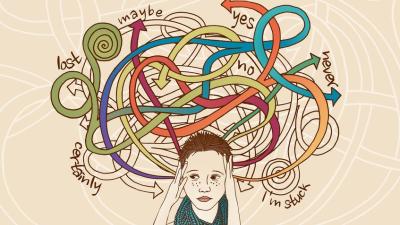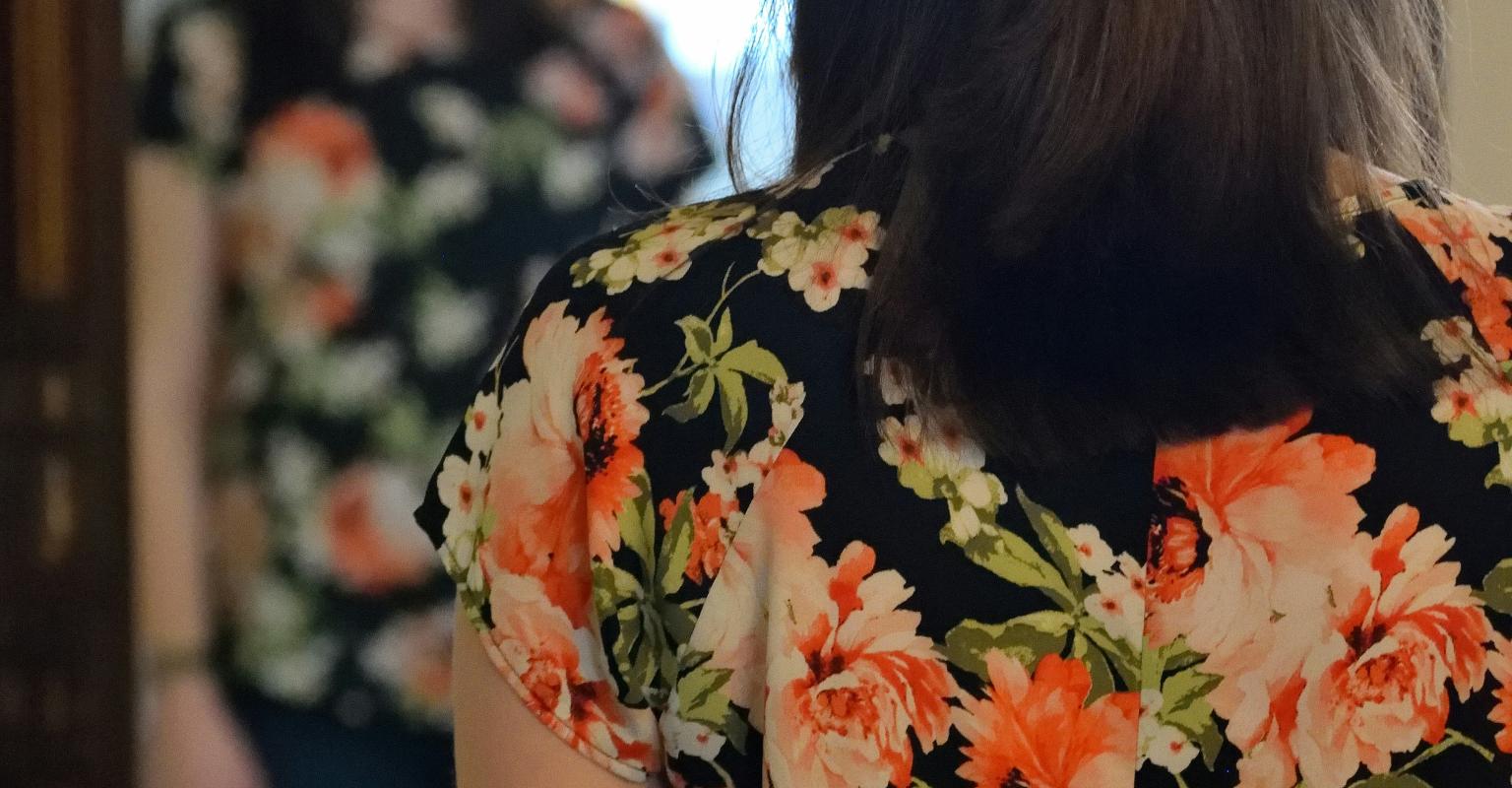Making Decisions about Jewish Education Today and Tomorrow
Presentations at the Network for Research in Jewish Education

Much has been written about the abundance of choice in today’s consumer oriented western world. In the era of the iPhone, multiplex cinema, and the sovereign-self much has also been discussed about the many choices Jews face in their lives. The simplistic, albeit plausible argument often posited, is that if more things were considered valuable by potential consumers then more people would opt into more Jewish activities. The result of such logic is that in recent years has there has been a proliferation of more Jewish activities in the marketplace for Jews to engage in. The net effect, which may or may not be accurate, is that more Jews are doing more types of Jewish things than ever before. And yet the Jewish community is still lamenting the number of people involved in Jewish life?
- Innovation and Tech
- Jewish Futures
- Educator Training
- Day Schools and Yeshivas
- After School and Beyond
- Congregational Learning
- Family Engagement
Discover more

If Jewish educators want to produce kids of tomorrow, then they must embrace the technology of today to help get them there.

This curriculum guide will give students the opportunity to use Jewish texts and Jewish values as tools for decision-making.

In a time of shortage of Jewish educators, why be one?

